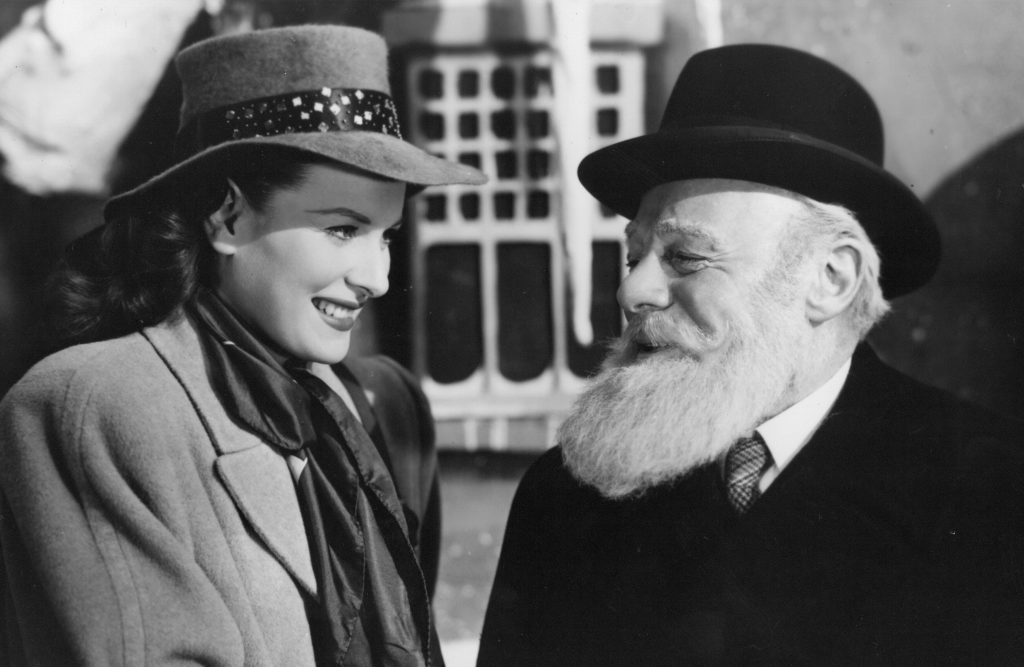This post isn’t really meant to be pro-Santa or against Santa. Rather, I am making some commentary on the significance of Santa as related to child development.
I do child development research. I document the age-related “stages” children go through. And while I am most known for documenting when children become “difficult,” which is then followed by mental growth, my work strongly shows that child mental development is driven not so much by difficult behavior itself but by imagination. I call this process a “hill,” because children go “up” into fantasy and come back “down” to reality. And Santa, being so imaginative, is very much in alignment with this kind of childhood development.
If you asked me, as a child development researcher, what the essence of human nature is, I’d say, “wild optimism.” You could also call this “imagination” or “hope.” At fairly predictable age-related times, children become wildly imaginative. They imagine the utterly impossible. They imagine they can shrink into their toys, that they can jump over rivers, or, when they are older, if multiverses exist. Their initial imaginations become progressively more “realistic” as they age–or what we consider realistic anyway. I’m not sure if any of us know if multiverses exist or not. By the way, can we shrink into toys? This seems to be the engine of childhood mental development: wild imaginations spur curiosity, which cause children to all but literally bang on everything around them to see what breaks and what doesn’t. What doesn’t break is constant. What breaks is what is flexible. And this is, essentially, how object constancy is put into place–an ongoing process, I argue. And I am still not convinced we can’t shrink into toys. 😉
Indeed, these imaginations kicks off enormous curiosity. Spurred by imagination, children go explore the world. Wondering if they can shrink, they try to get into their toys. In this, they gain a better appreciation of their 3-D world, including its limits, and they also seem to gain better depth perception. (I document how these skills correlate in my book on three year olds, Misbehavior is Growth: Three Year Olds.) Children gain enormous clarity in this. I imagine kids gain clarity from Santa as well, as they wonder, “How does he get around the world?” “How does he make those toys?” They ask questions–and maybe get some answers.
After this clarity, children go into a creative stage. They have knowledge, and they try their hand out at creating various things, of a specific sort. The head of one doll gets put on another. New colors appear in their drawings. Coinciding with this tends to be a heroic archetype–indeed, like Santa. The first imaginations children have are simple and wild. Simply being able to “deliver toys to all children” would be an example. As they become more creative, they personally adopt a heroic archetype. They might be a fireman or a master chef, with all the flair that goes with this. They personally become “Santa,” and this seems to give them a turbo boost of confidence to go do the things.
As they come back down the hill, kids get realistic. They become more in the real world. They solve problems as they come up, not just in fantasy or creative play. They are proactive and aggressive. They also start to doubt their previous imaginations. In fact, they think they are baby-ish. It’s here where I think new controversy about Santa is starting to brew. In fact, I read just this morning that Santa is kind of on his way out. Gen Z is rejecting him. They are worried about lying to their kid or traumatizing their kid after their kid finds out Santa isn’t real. I can understand that. If this is handled well, though, in which the child’s feelings are validated, I think backing out of Santa can go well. My oldest figured it out on his own, of which he was proud of. We think my daughter, 8, still believes, although we think she, indeed, might know. And my youngest, 6, literally asked us this year, “Who’s Santa?” WHO’S SANTA. In short, my highly analytical child took pride in figuring it out by himself. My daughter, who loves magic, is keeping the magic alive. And my youngest, indeed the baby and very much babied by us, has nearly no need for Santa–he knows mom’s got his back. I’m a little worried about how my daughter will feel if/when she sees Santa isn’t real. But I also know that coming down from the bruising reality that what we can conjure up in imagination isn’t always real is actually quite a part of childhood development. In fact, I don’t think Santa would have been kept alive this long if we, the royal we, didn’t have some good ways to back out of him. If things are going poorly here, we might take a look at our own relationship to emotions, disappointment, imagination, and optimism itself.

You know, as noted, I actually don’t have strong opinions on Santa specifically. As noted, he seems to be on his way out. Children actually have way too many material items and the magic of many presents on Christmas morning seems to be fading. But you know what? Just about every theme around Christmas is asking us to believe. Maybe it doesn’t have to be “Santa.” Maybe it is just imagination itself we can believe in. It’s important. It’s important to us humans; it’s important to our success, and I can tell you, based on my child development work, it’s important to children.
